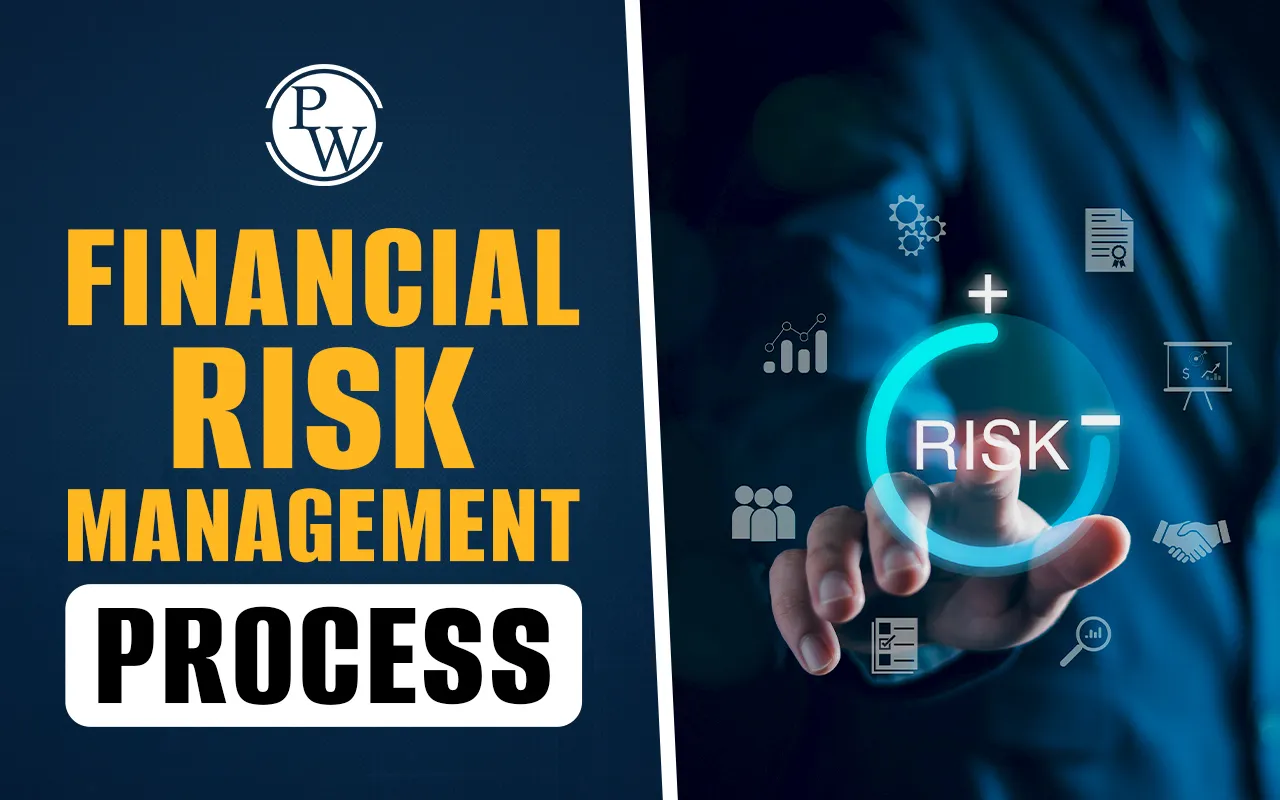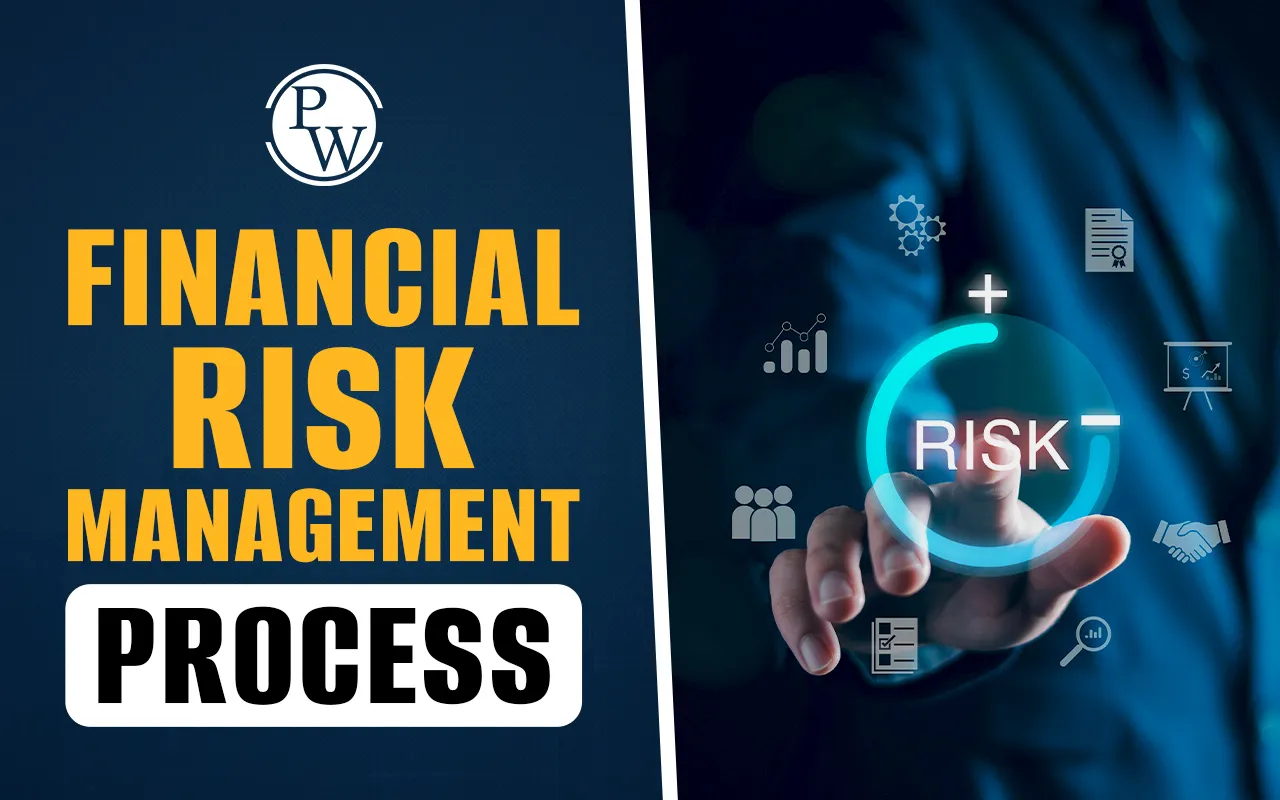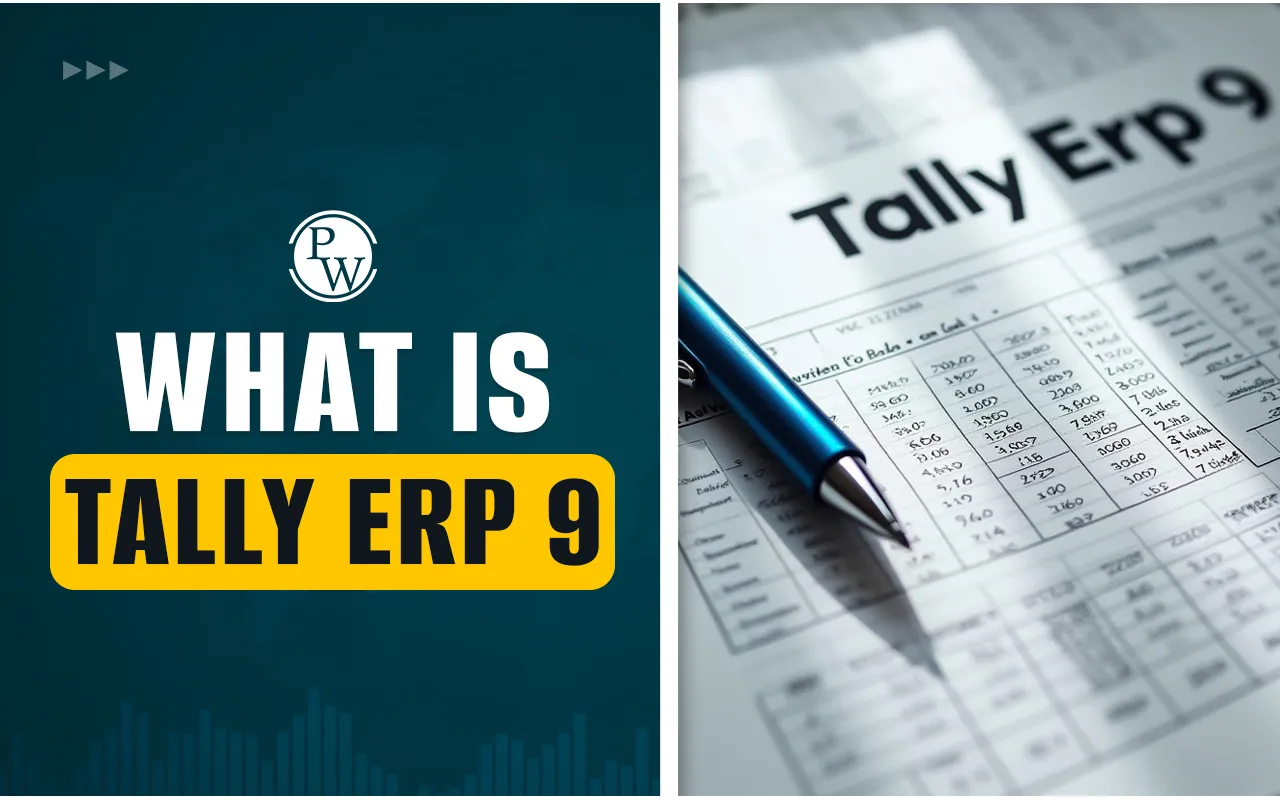

Financial institutions, corporations, and individuals must routinely confront threats that may negatively impact their financial performance or stability. These threats, commonly referred to as Financial Risk, require structured and proactive strategies to mitigate their consequences. The Financial Risk Management Process offers a systematic approach to identifying, evaluating, and addressing these risks.
Here, we will explore what constitutes Financial Risk, examine key financial risk types, break down the Financial Risk Management Process, and understand its broader importance for organizational resilience and sustainability.
What Is Financial Risk?
Financial Risk refers to the possibility of losing money on an investment or business operation. It encompasses a wide range of scenarios where financial performance might deviate from expected results, often leading to losses. These risks can arise from market volatility, credit defaults, operational failures, or liquidity shortages.
Both individuals and corporations face Financial Risk in different forms. For individuals, it may stem from income instability or investment losses. For corporations, risks are broader and potentially more complex.
Process of Financial Risk Management
Financial risk management involves identifying, analyzing, and mitigating risks that can impact an organization’s financial health. The typical process includes:
-
Risk Identification: Recognizing potential financial threats, such as market volatility, credit risk, or liquidity issues.
-
Risk Assessment: Evaluating the likelihood and impact of identified risks using qualitative and quantitative methods.
-
Risk Mitigation: Implementing strategies to reduce exposure, including diversification, hedging, insurance, or setting limits.
-
Monitoring & Reporting: Continuously tracking risk factors and reporting to stakeholders to ensure proactive management.
Risk Management in Finance
In finance, risk management is crucial for protecting assets, ensuring regulatory compliance, and achieving long-term stability. It involves:
-
Market Risk Management: Addressing fluctuations in asset prices, interest rates, and exchange rates.
-
Credit Risk Management: Evaluating the risk of counterparty default in lending or trading activities.
-
Operational Risk Management: Minimizing losses from internal failures, fraud, or system errors.
-
Strategic Risk Management: Aligning financial decisions with business goals while balancing risk and return.
Types of Financial Risk
A thorough understanding of financial risk types is foundational to effective risk management. These include:
1. Market Risk
Market risk refers to potential losses due to changes in market prices. It includes interest rate risk, currency risk, and equity risk. For example, a sudden interest rate hike can increase borrowing costs, impacting profitability.
2. Credit Risk
This arises when a borrower fails to meet their financial obligations. It affects banks, lenders, and businesses that extend credit. A client defaulting on a large payment can significantly disrupt a company’s cash flow.
3. Liquidity Risk
Liquidity risk pertains to the difficulty of converting assets into cash without significant loss in value. Inadequate liquidity may prevent a company from meeting short-term obligations.
4. Operational Risk
Operational risk stems from internal failures, be it human error, system failure, or fraud. These risks may not be financial in origin but result in financial loss.
Recognizing these financial risk types enables organizations to prioritize threats and tailor strategies to mitigate them.
Financial Risk Management Process
The Financial Risk Management Process involves structured steps designed to systematically manage risk exposure. These include identification, assessment, strategy formulation, implementation, and monitoring.
1. Identifying the Risk
The first and arguably most important step in the Financial Risk Management Process is identifying potential sources of Financial Risk. This requires a thorough evaluation of internal operations, financial statements, and external market conditions.
Common tools used for identifying risk include:
-
Financial audits
-
Historical data analysis
-
Industry benchmarks
-
Risk assessment workshops
-
Expert interviews
Risk identification sets the foundation for the entire process, allowing for early detection and proactive management.
2. Assessing and Quantifying the Risk
Once identified, risks must be assessed and quantified. This step evaluates the probability of a risk occurring and the potential financial impact if it does. This is often expressed through the formula:
P × I = E
Where:
-
P = Probability of occurrence
-
I = Impact of occurrence
-
E = Expected financial loss
For example, if there’s a 20% chance of incurring a $1 million loss due to interest rate fluctuations, the expected loss is $200,000. Both qualitative (scenario analysis) and quantitative (statistical modeling) methods are employed at this stage.
3. Defining Strategies to Manage the Risk
After evaluating the risk, suitable strategies must be designed. Common approaches include:
-
Risk Avoidance: Eliminating activities that expose the entity to risk.
-
Risk Reduction: Implementing controls to minimize the impact or likelihood.
-
Risk Transfer: Passing the risk to a third party (e.g., insurance, hedging).
-
Risk Retention: Accepting the risk when it falls within acceptable limits.
The strategy selection depends on the organization’s risk appetite and operational capacity.
4. Implementing the Strategy
Strategy implementation involves putting risk controls and mitigation measures into action. This may include introducing new financial policies, improving internal controls, or using hedging instruments. The strategy must align with the organization’s overall objectives and financial condition.
For instance, a firm facing currency risk may implement a forward contract to lock in exchange rates. At this stage, resource allocation, staff training, and compliance mechanisms are critical.
5. Monitoring and Reviewing Risk Management Efforts
Risks are dynamic, they evolve as internal conditions and external environments change. Continuous monitoring ensures that mitigation strategies remain effective. This involves:
-
Reviewing performance metrics
-
Updating risk models
-
Conducting stress tests
-
Adjusting controls based on real-time data
Technology plays a key role in this phase. Analytics dashboards and risk modeling tools offer visual insights into current exposure levels, allowing management to make informed decisions.
Read More - Tax Accounting All You Need to Know
Importance of Financial Risk Management
The significance of Financial Risk Management extends beyond loss prevention. It contributes to broader organizational health in several ways:
1. Enhanced Decision-Making
Understanding Financial Risk helps leaders make well-informed strategic decisions. Risk-adjusted returns become more accurate, ensuring investments are aligned with organizational goals.
2. Regulatory Compliance
Modern regulatory frameworks, such as Basel III and IFRS, emphasize risk disclosure and management. A robust Financial Risk Management Process ensures adherence to these standards and avoids penalties.
3. Increased Investor Confidence
Investors are more likely to support entities that demonstrate prudent risk management. Transparency in risk policies and reporting enhances credibility and market valuation.
4. Business Continuity
Effective Financial Risk Management protects organizations from severe disruptions. It builds resilience against external shocks and internal missteps, ensuring sustainability over time.
Role of Technology in Financial Risk Management
Modern risk management is increasingly tech-driven. Big data analytics, artificial intelligence (AI), and machine learning enable more accurate forecasting and early warning systems. Advanced software tools help organizations automate risk identification, quantify exposure, and simulate crisis scenarios.
These technological advancements empower finance teams to anticipate rather than react, enhancing the precision and agility of their Financial Risk Management Process.
Building a Career in Financial Risk Management
As the demand for financial risk professionals grows, so does the need for specialized education. A career in Financial Risk requires not just theoretical understanding but practical insights into tools, regulations, and market dynamics.
That is why the PW Certification Program in Finance, Tax and Accounting is an excellent pathway for aspiring finance professionals. This program offers comprehensive training in financial management principles, taxation laws, and real-world accounting practices, all essential for mastering risk analysis and mitigation.
Financial Risk Management Process FAQs
What is financial risk?
Why is financial risk management important?
What are the five steps in the financial risk management process?
What are the major financial risk types?













